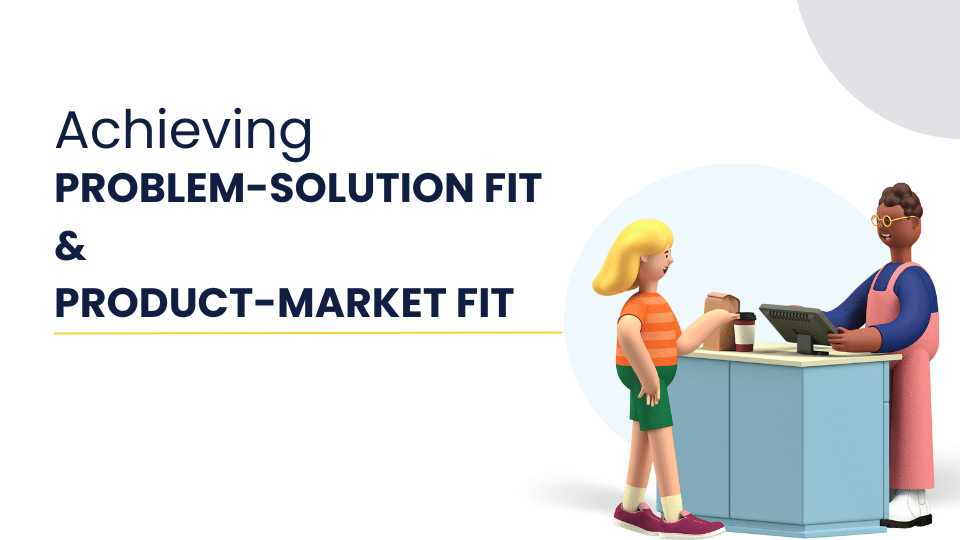Achieving Problem-Solution & Product-Market Fit: A Guide for Startups
There are a lot of startups. There are more entrepreneurs. And, there are even more ‘wannabe’ entrepreneurs. We are flooded with them. Almost everyone is carrying at least one startup idea that is tring to address a problem in the market.
However, there is massive gap in the ‘problem’ and the ‘market’, which takes planned process to to address. This gap generally comes from the lack of understanding in crucial concepts needed for development and success of a product or service. In this blog, we are discussing a couple of such critical concepts:
- Problem-solution Fit
- Product-market Fit
They combine together to ensure a resolute and reliable product development process for entrepreneurs and product managers. Let’s discuss them in detail:
Problem-solution fit
The problem-solution fit is a process that involves finding a solution to the core problem that target customers are facing. Startups are early stage (say pre-seed or seed) should be adopting this process. It involves pivots in the solution directions till a Minimum Viable Product is developed reliying on the chosen solution.
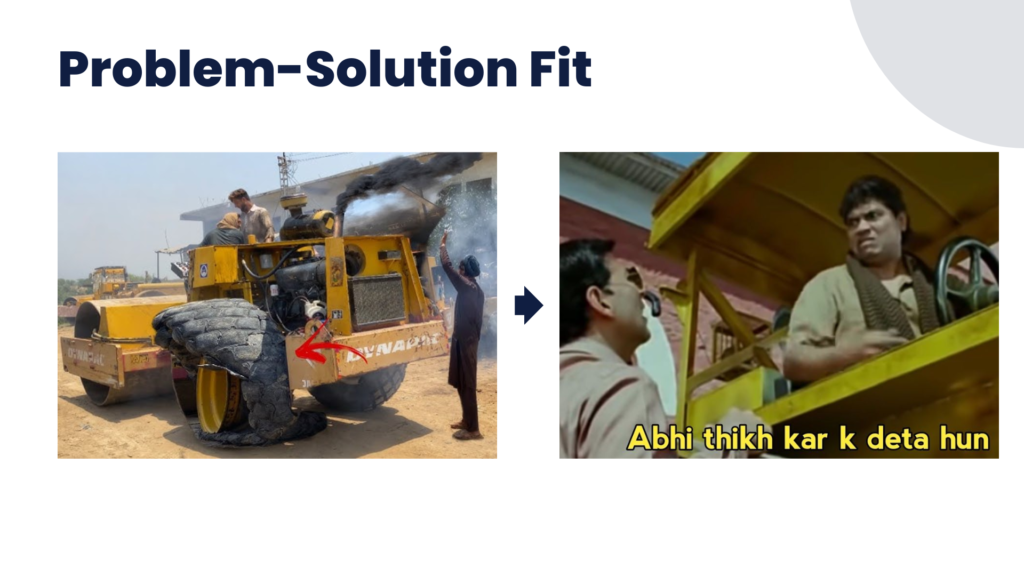
The necessities for the solutions are:
- It should have a need (or want)
- It should be genuine
Steps to find the right Problem-Solution Fit:
- Identify target customer
- Understand their problem
- Brainstorm solution
- Develop Minimum Vialble Product (MVP)
KPIs to measure Problem-Solution Fit:
- Solution validation
- Research (surveys, interview or FGDs) among ealry adoptors
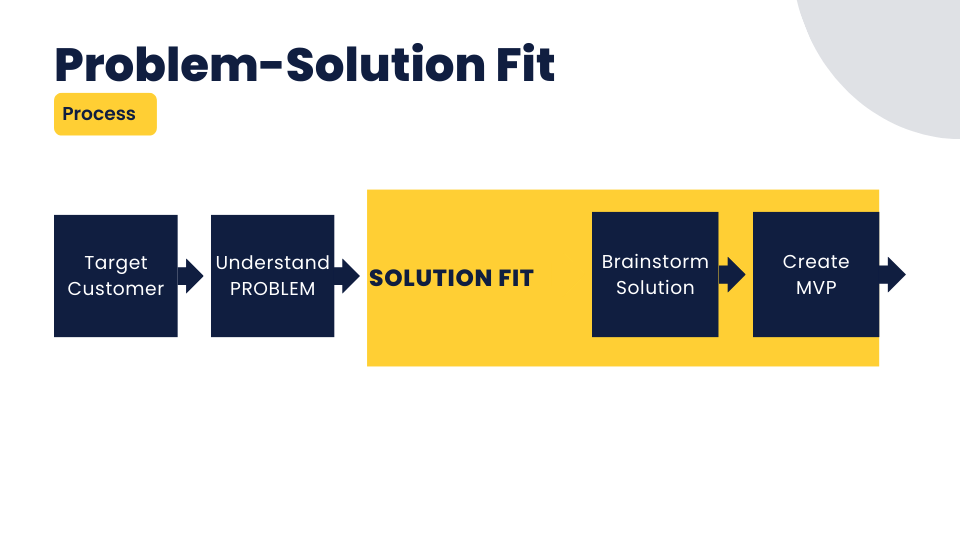
Once you create an MVP, you move the to the Product-Market fit process
Product-Market fit
Product-Market fit is the process the involves finding improvements in the product to meet the market demand and addressing the competition. The startups after initial launch of the product rely on this process. It is mostly a process that the product continuously undergoes to ensure adaption to changes, like market demands, consumer behaviour or competition.
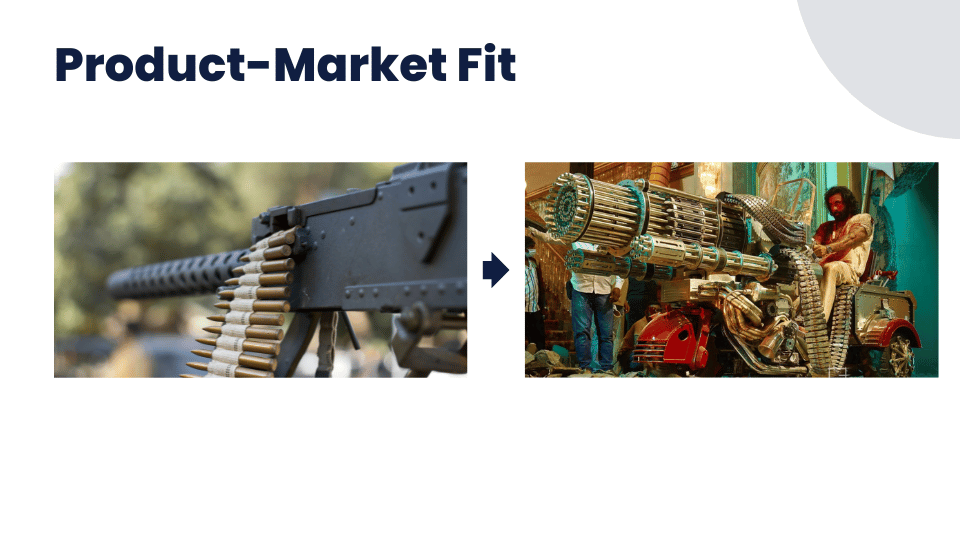
The necessities for the product optimizations are:
- Scalability
- Sustainability
Steps to find the right Problem-Solution Fit:
- Identify target customer
- Understand their needs
- Build value proposition
- Develop features in the product
KPIs to measure Problem-Solution Fit:
- Growth or new users
- Retention rate
- Daily Active Users (DAUs) and Monthly Active Users (MAUs)
- Sale or Subscriptions
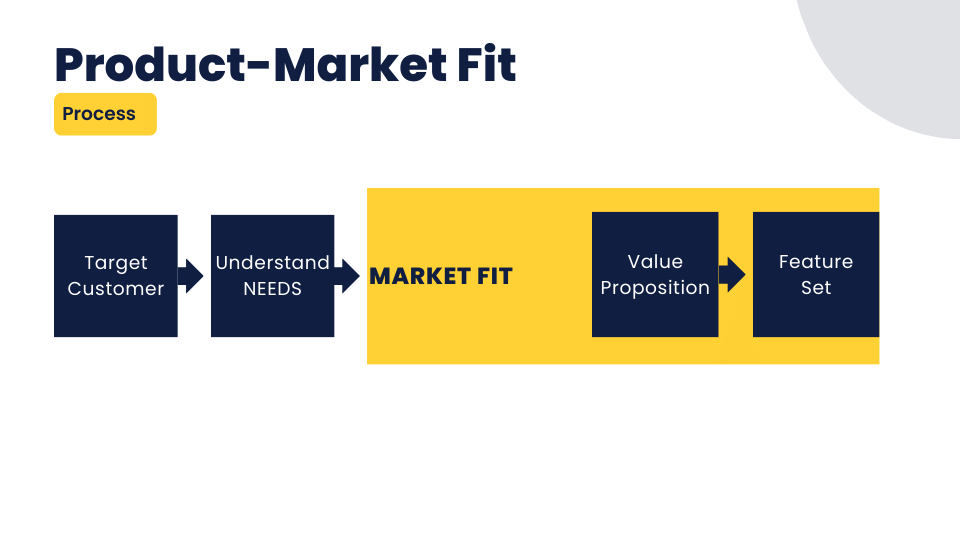
The product-market fit process follows the problem-solution fit process to take the startup towards scaling.
Examples of Problem-Solution Fit and Product-Market Fit
Netflix
Netflix is an interesting example of perfect implementation of these two pocesses to achieve massive scale. Launched in 1990s, it worked on solving the problems with DVD rentals by introducing website-based portal. Using The US postal service, it was able to solve the problem to a good extent.
Then came the faster internet and more devices that could run videos. It changed the user behaviour and Netflix had to optimize its product. The rental portal on the website transformed into a streaming platform.
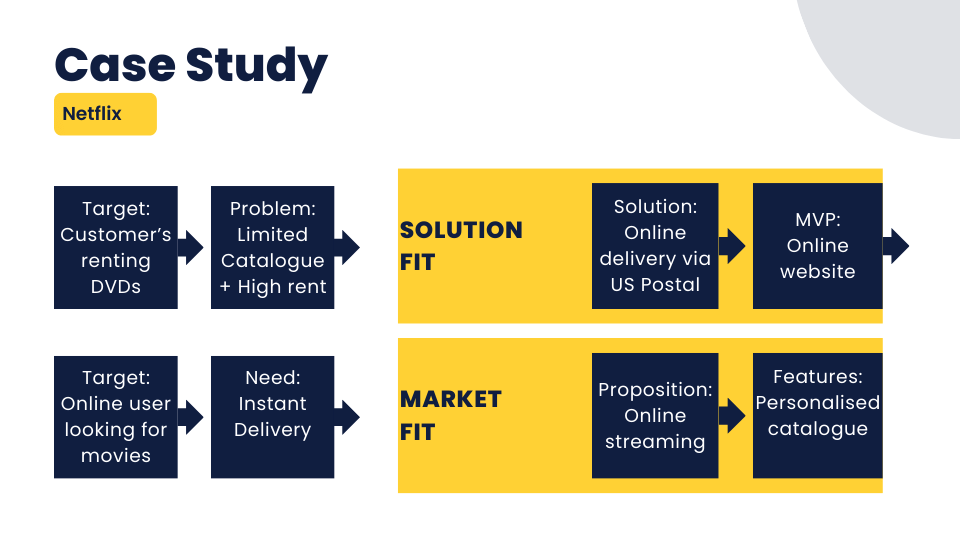 Wrapping up
Wrapping up
A perfect implementation of problem-solution and product-market fit gives your startup a series of advantages, such as efficient resource allocation, market relevance, and customer satisfaction. When your product development is mapped with good quality content marketing and digital marketing tools, you can scale faster than the industry benchmarks.
Want to learn more on this topic? Feel free to reach me on LinkedIn or book a virtual meeting with me.

Nishant Kadian is a content marketer with more than 6 years in the digital marketing industry. He is currently working with Ameyo. He has been associated with cloud tech leaders, like Affle, ACE Cloud Hosting, Servetel, and TheRealPBX in the past.
